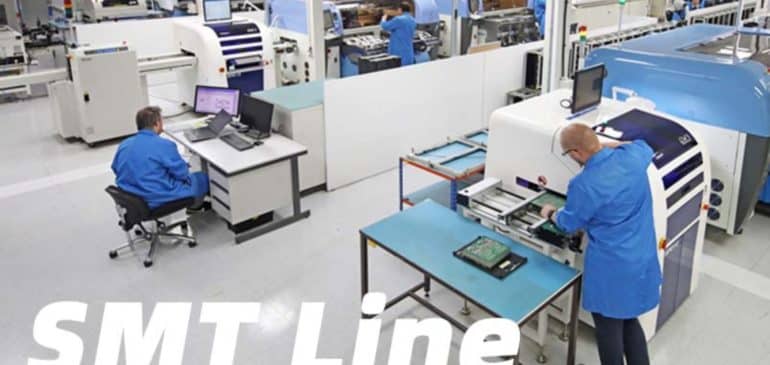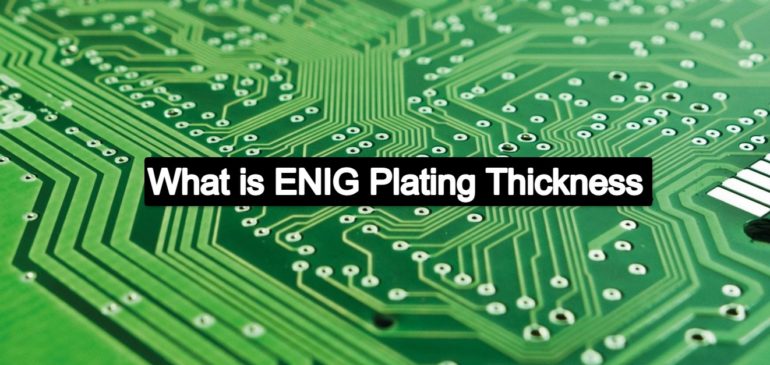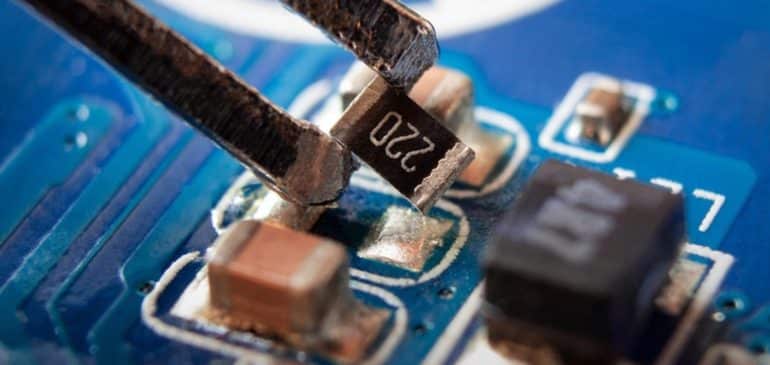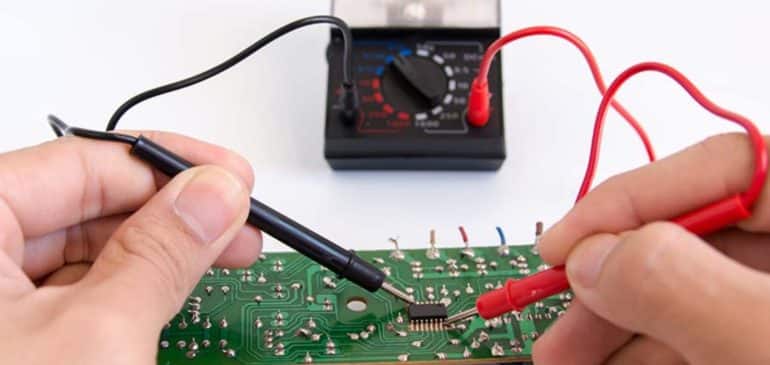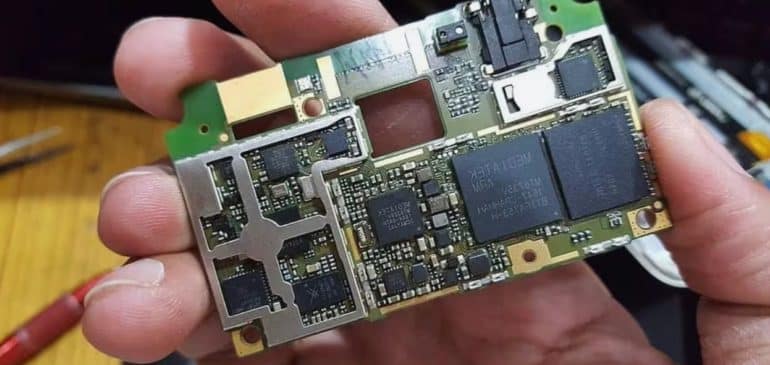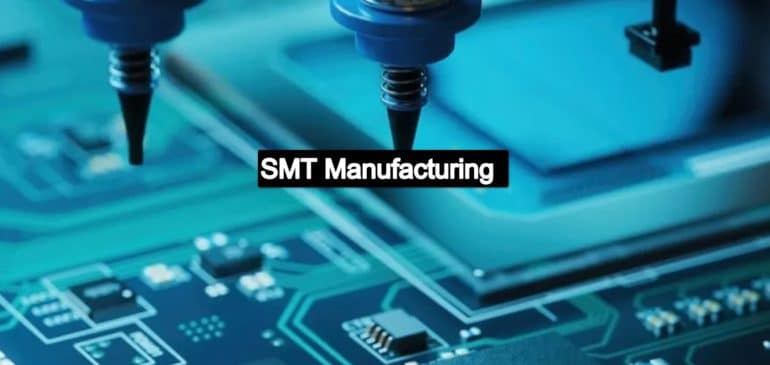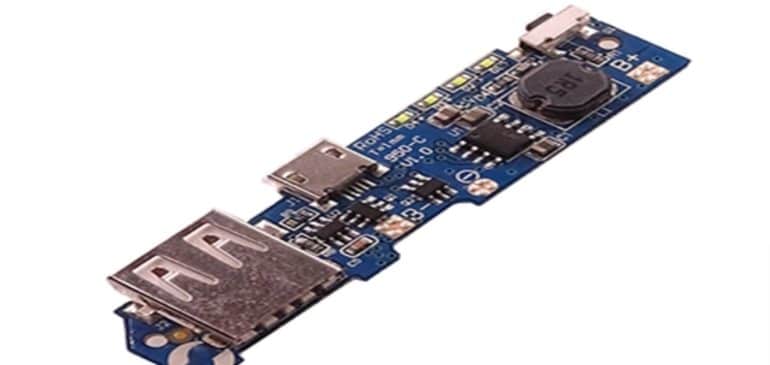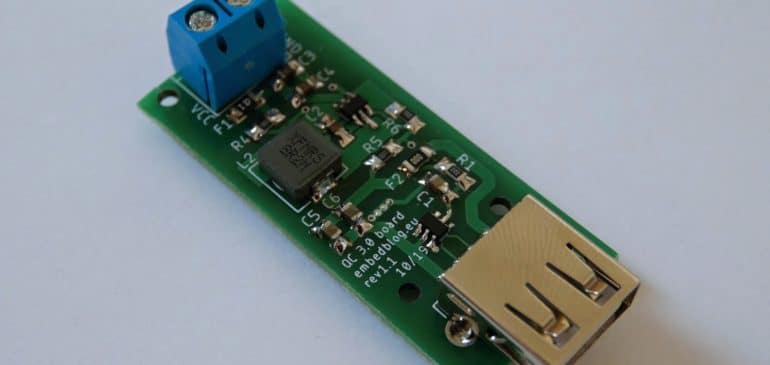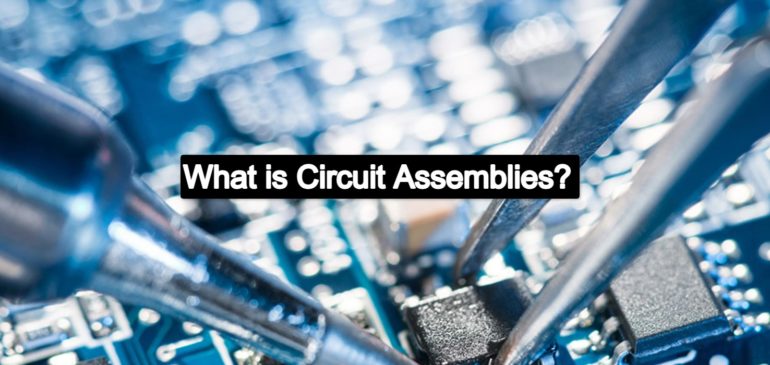What is an SMT Line?
Surface Mount Technology, popularly known as SMT, refers to mounting electrical parts straight upon the exterior of PCBs, or printed circuit boards, utilized to manufacture electronics. An SMT line, commonly called an SMT assembly line, is a production line developed specifically for building electronic parts with SMT. It consists of several…
What is ENIG Plating Thickness
ENIG coating ratio is important because of its direct impact on the PCB’s dependability and functioning. The recommended ENIG plating thickness on PCBs is usually between 2.5 and 5.0 µm (micrometers) for the nickel film and between 0.05 and 0.15 µm for the gold film. Achieving exact nickel coating thickness creates a…
SMD Components :Types and Functionality
A type of electronic element known as surface-mounted devices (SMDs) or surface-mounted components are specifically designed to be surface-mounted on PCBs to manufacture electronic gadgets. SMD components are attached to the PCB substrate utilizing joining processes, for example, reflow oven soldering. Unlike conventional methods, these processes do not include leads or cables. SMD technologies are essential…
What you need for Circuit Board Repair?
A circuit board is the foundation upon which an electronic device is built. No electronic gadget can perform its functions without a properly functioning circuit board. These boards, made up of interconnected parts to pass signals across the board for optimal functioning of the device in which they are inserted,…
Mobile PCBs – Importance & Essential Design Elements
The term’ mobile communications PCB’ describes the customized type of printed circuit boards found in handheld communication devices such as tablets and cell phones. Such PCBs are made to make integrating different electrical parts essential for data handling, wireless connectivity, and device performance easier in a small and effective package….
What is ENIG PCB?
Electroless Nickel Immersion Gold, or ENIG for short, is a surface finish frequently used in producing printed circuit boards. There are several phases involved in this detailed and thorough operation. The ENIG PCB surface finishing technique has several advantages and is essential to top-quality PCB manufacturing. It guarantees the best possible component…
SMT Manufacturing – Advantages and Disadvantages
The technique of assembling electrical components upon a printed circuit board is known as surface mount technology manufacturing, or SMT production, within the electronics sector. Unlike traditional techniques employed through hole innovation, SMT mounts electronic elements right upon a PCB’s substrate. With this technique, parts are placed and soldered upon the top…
Why should you get a Mobile Charger PCB?
The printed circuit boards designed for a mobile charger are customized to transform alternate current from an electrical source into direct current, which is appropriate for powering handheld devices like tablets and cellphones. To control the degree of voltage, guarantee a consistent output, and prevent the connected gadget from excessive…
Fast Charging PCB : Designing PCB with Fast Charging Technology
Fast-charging PCBs are customized printed circuit boards designed to handle greater voltages and currents effectively, allowing appropriate gadgets to be charged quickly. Voltage control, communication standards, and sophisticated parts are all used to give greater electrical power while preserving device compatibility and reliability. Printed circuit boards improve energy conversion, thermal control,…
What is Circuit Assemblies?
Circuit assembly is used for electronic parts or gadgets linked or integrated on a standard circuit board. Such assemblies of circuits are made up of multiple electrical parts or components, for instance, resistors, ICs, connectors, and other similar components. Each element is placed on the board and soldered according to particular…

